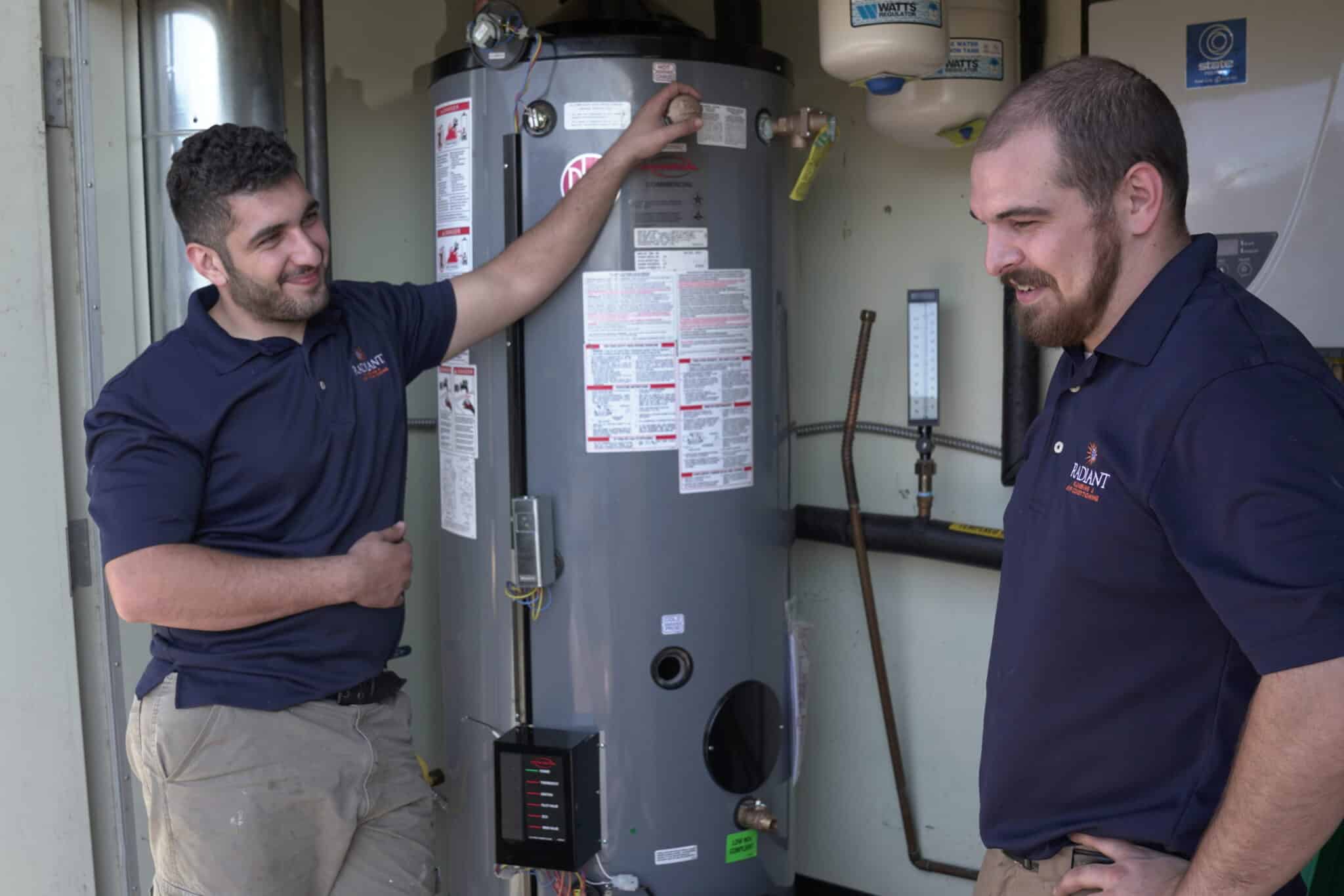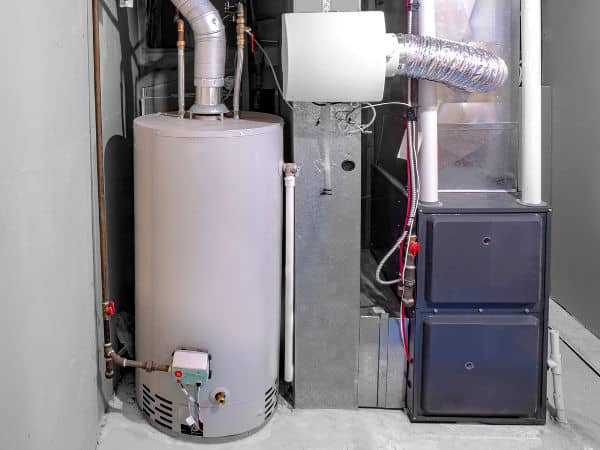How to Successfully Care for Your Home's Hot Water System
Click HereThe author is making a number of good pointers related to Tips For Maintaining Your Hot Water Heater as a whole in this article which follows.

Hot water is essential for day-to-day convenience, whether it's for a rejuvenating shower or cleaning meals. To ensure your warm water system runs effectively and lasts longer, normal maintenance is crucial. This short article provides sensible ideas and insights on just how to preserve your home's hot water system to avoid disturbances and expensive repairs.
Intro
Preserving your home's warm water system may appear difficult, but with a couple of easy actions, you can ensure it runs smoothly for several years to come. This guide covers every little thing from comprehending your hot water system to DIY upkeep tips and recognizing when to employ professional aid.
Significance of Keeping Your Hot Water System
Regular upkeep not only expands the life expectancy of your hot water system yet also guarantees it runs successfully. Overlooking upkeep can lead to lowered efficiency, greater power costs, and even premature failing of the system.
Signs Your Hot Water System Demands Maintenance
Recognizing when your hot water system requires focus can avoid major problems. Watch out for indications such as irregular water temperature, unusual sounds from the heater, or rusty water.
Comprehending Your Warm Water System
Before diving right into upkeep jobs, it's useful to comprehend the standard components of your warm water system. Typically, this includes the water heater itself, pipelines, anode poles, and temperature level controls.
Monthly Maintenance Tasks
Routine month-to-month checks can aid catch minor issues before they intensify.
Purging the Water Heater
Purging your hot water heater gets rid of debris build-up, improving efficiency and extending its life.
Monitoring and Changing Anode Rods
Anode poles stop deterioration inside the container. Evaluating and changing them when worn out is important.
Checking and Changing Temperature Settings
Changing the temperature settings makes sure ideal performance and security.
DIY Tips for Maintenance
You can carry out several maintenance tasks yourself to keep your warm water system in leading problem.
Looking for Leaks
Consistently evaluate pipelines and links for leaks, as these can result in water damage and higher bills.
Examining Stress Relief Valves
Examining the stress safety valve guarantees it operates appropriately and avoids excessive stress build-up.
Protecting Pipes
Insulating warm water pipes reduces heat loss and can save power.
When to Call a Specialist
While do it yourself maintenance is helpful, some problems require professional proficiency.
Complex Concerns Calling For Expert Aid
Instances include significant leaks, electrical troubles, or if your water heater is consistently underperforming.
Routine Specialist Upkeep Benefits
Specialist maintenance can include detailed assessments, tune-ups, and guaranteeing conformity with security standards.
Final thought
Regular upkeep of your home's warm water system is important for performance, durability, and price savings. By adhering to these suggestions and recognizing when to look for professional assistance, you can ensure a trusted supply of hot water without unanticipated disruptions.
How to Maintain an Instant Hot Water Heater
Before tinkering with your hot water heater, make sure that it’s not powered on. You also have to turn off the main circuit breaker and shut off the main gas line to prevent accidents. Also turn off the water valves connected to your unit to prevent water from flowing into and out of the appliance. 2. When you’re done, you have to detach the purge valves’ caps. These look like the letter “T†and are situated on either side of the water valves. Doing so will release any pressure that has accumulated inside the valves while at the same time avoid hot water from shooting out and burning your skin. 3. When the purge valves’ caps are removed, you have to connect your hosing lines to the valves. Your unit should have come with three hoses but if it didn’t, you can purchase these things from any hardware or home repair shops. You can also get them from retail stores that sell water heating systems. Read the user’s manual and follow it to complete this task properly. When the hosing lines are connected, open the purge port’s valves. 4. You should never use harsh chemical cleaners or solutions when cleaning your unit. Make use of white vinegar instead. It should be undiluted and you’ll probably use about 2 gallons. 5. Now flush your water heater. This task should probably take about 40 minutes. We can’t give you specific directions for this because the procedure is carried out depending on the type, model and brand of your heater. With that being said, refer to the user’s manual. 6. When you’re done draining the unit, you have to turn off the purge port valves again. Remove the hosing lines that you earlier installed on each of the water valves. Put the valve caps (purge port) back in their respective places and be very careful so as not to damage the rubber discs that are found inside these caps. 7. Now that everything’s back in place, check your user’s manual again to find out how to reactivate your water heating system. 8. Once it is working, turn one of your hot water faucets on just to let air pass through the heater’s water supply pipes. Leave the tap on until water flows smoothly out of it. https://www.orrplumbing.com/blog/2014/september/how-to-maintain-an-instant-hot-water-heater/

I found that post about Tips For Maintaining Your Hot Water Heater while scouting around the web. If you liked our blog post if you please remember to pass it around. Thanks a bunch for being here. Return soon.
Visit Url